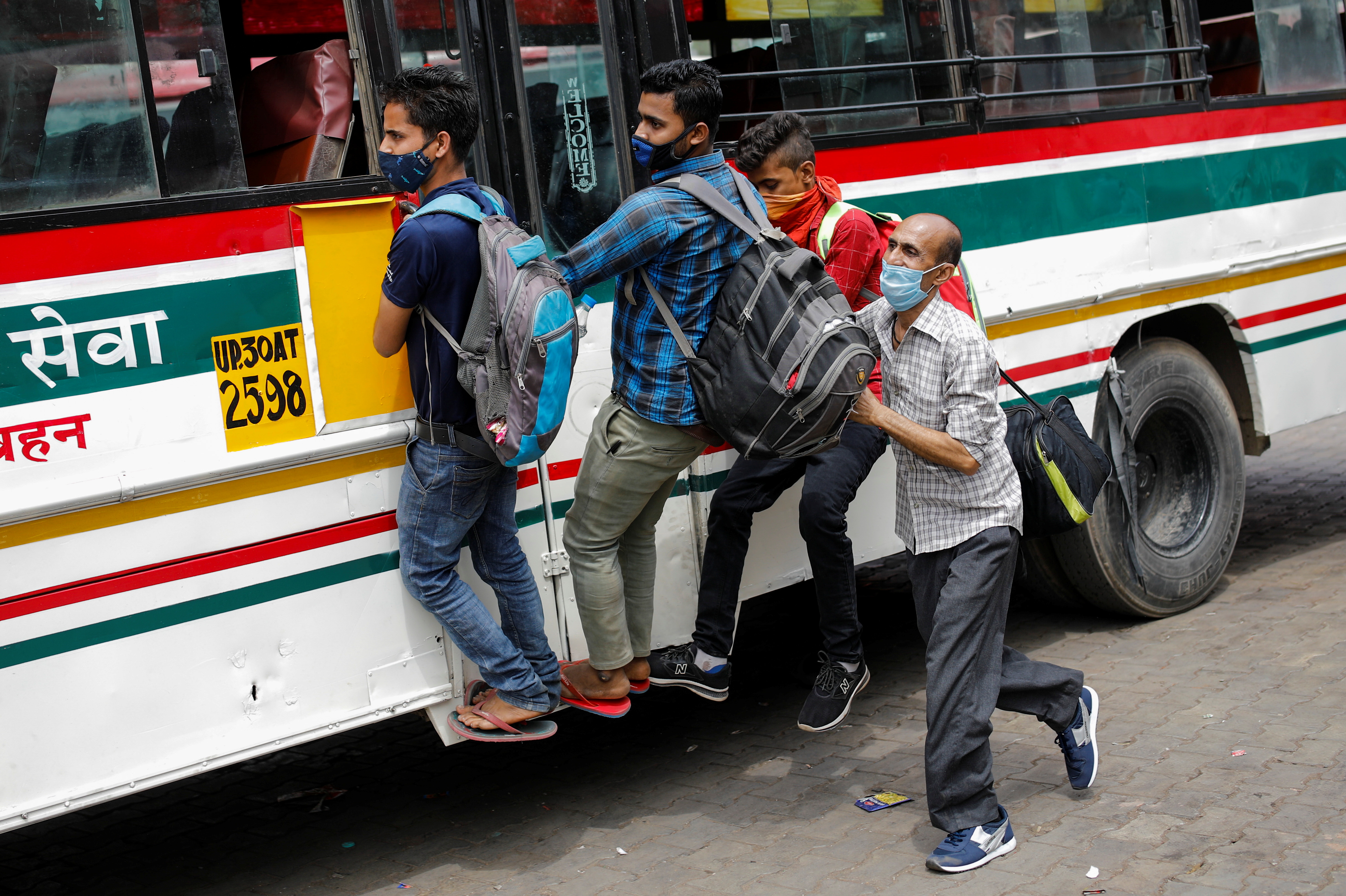

In Nebraska and Arkansas, however, the deadliest holidays were Columbus Day as well as New Year’s Eve and Day. A rise in traffic fatalities in Florida around Christmas could have something to do with the fact that this is a popular time of year for people to travel to Florida to avoid the wintry weather in other parts of the country. While winter weather can contribute to driving fatalities around Christmas, that certainly isn’t the case in Florida. In terms of alcohol-related fatalities, Labor Day had almost 160, followed by Memorial Day with 155.4 and Thanksgiving with 138.2.įor many of the deadliest states for holiday-related crash fatalities involving alcohol, Independence Day was the riskiest holiday while Christmas was the deadliest holiday in Florida from 2013 to 2017. With an average of 472.2 fatalities on Independence Day, almost 190 involved alcohol – nearly twice as many as New Year’s Eve and New Year’s Day. Labor Day, Memorial Day and Thanksgiving also had significant death rates, with each holiday averaging over 400 crash fatalities overall. The increase in crash fatalities may have brought Christmas to the forefront, but Independence Day remains the deadliest holiday overall. Fatal car crashes increase when icy roads and poor visibility are added into the equation. The risk of dying in car crashes increases during the summer, especially for teens, but car accidents also increase during the winter months. While this may suggest Americans are increasing their alcohol consumption during Christmas, the increase in deaths could also be, in part, due to the time of year. From 2013 to 2017, crash fatalities involving alcohol on Christmas increased by 162.5 percent. While that percentage increase is startling, the increase in crash deaths on Christmas is even more shocking. New Year’s Eve and New Year’s Day, on the other hand, saw a 56.5 percent increase in drunk driving deaths over the same period. Deaths on Memorial Day decreased by 9.2 percent compared to 2013, while deaths during Labor Day-related days decreased by almost 28 percent. Holiday crash fatalities involving alcohol during Memorial Day and Labor Day week actually decreased between 20. The same percentages were found for Memorial Day, with the only difference being the month in which the deaths occurred. In September from 2013 to 2017, 13.3 percent of driving fatalities for the month occurred during the week of Labor Day, with 5.1 percent involving alcohol. While Independence Day has a dangerous effect for drivers around that time, Memorial Day and Labor Day are the deadliest weekendsto drive. Of those fatalities, 6 percent involved alcohol – again, the most of any holiday.

Independence Day had the largest total of monthly fatalities, making up almost 15 percent of all crash deaths in July. This may not come as a surprise, considering the effects of alcohol combined with driving paint a grim picture. Post-Consumption CrashesĪs we saw earlier, there are more alcohol-related deaths attributed to holidays compared to your typical day. There’s much to celebrate and remember throughout the year, but drunk driving isn’t one of them. Using the FARS “Holiday-related” variable, we were able to understand the effects that a holiday has on traffic fatalities for the week. We analyzed data from the Fatality Analysis Reporting System (FARS) from the National Highway Traffic and Safety Administration (NHTSA) from 2013 to 2017 to examine holiday-related fatalities in America and how the data have changed over time.

So which holidays should we be most wary of, especially for travelers on the road? We also know that more drunk drivers get on the road during the holidays, a grim fact that contributes to a higher risk of fatal collision for all of us. While various reasons contribute to the death toll, driving under the influence of alcohol caused one death every 48 minutes in 2017. In 2017 over 37,000 people died in motor vehicle crashes in the U.S. Most people don’t think twice about getting in the driver’s seat.


 0 kommentar(er)
0 kommentar(er)
